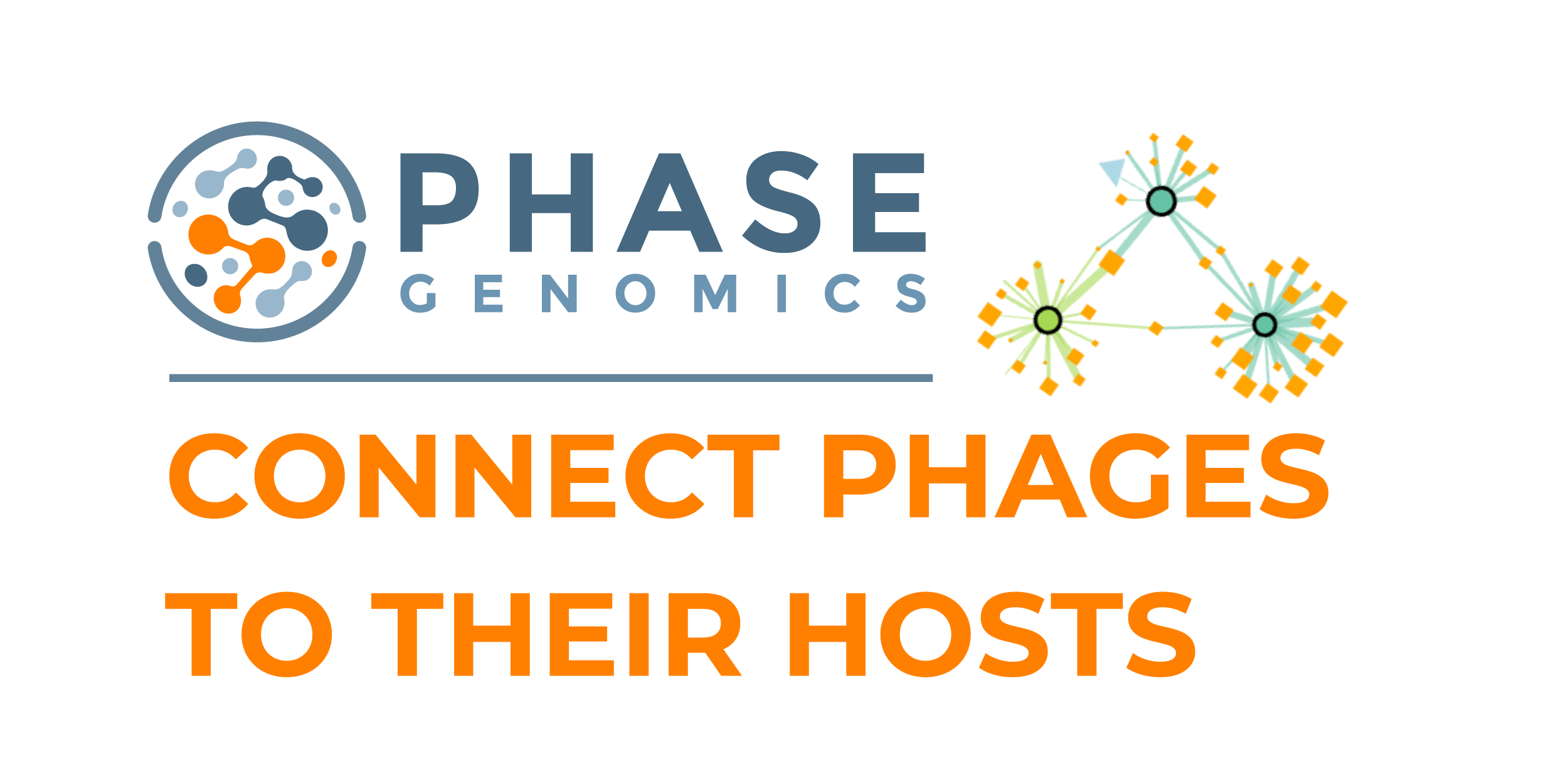Hello everyone!
It’s Phage Picks time! For my pick this week I want to go back to another foundational method (a bread and butter technique paper that every phage lab should master).
My pick might not be the flashiest, but could be one of the most important for promoting reproducible phage research. It’s about properly storing your phages so they don’t evolve away from you over time, written by some of the curators of the Felix d’Hérelle Center (who’ve arguably been keeping more diverse phages alive for longer than any of us!)
After that, Jan’s pick this week is about — try to guess — phage and AI! But this is a new perspective that gathers what all has been done with phages and AI to date, and even Jan said there’s a ton in there he hadn’t heard of. His reading list is bursting! If you want an overarching survey of phage+AI, this is what you need to read.
Hope you’re all having a great start to summer! We are working away at our respective Real Jobs, loving the fact that summer is basically year-round here in Palo Alto, and I’m finally reunited with my horse after pandemic years + Australia years kept us apart. The lab at Stanford is starting to swell up with summer students again, and the vibe is great!
Cheers to good weather and continued grant funding for all,
Phage Production and Maintenance of Stocks, Including Expected Stock Lifetimes
What is it about?
This is a ‘how to store your phage’ paper from 2009 that I keep coming back to; I even printed it out today (long overdue). Why? Because in each lab I join, I feel and witness the same struggles with phage collections that have drifted genetically or simply died in storage. Or worse, it inevitably happens where someone’s not sure which version of a phage they used for a given paper, because they didn’t archive master stocks of each. Instead, maybe everyone’s been serially propagating from the stocks over years. Do multiple lineages of each phage exist in the lab now? Probably.
But this shouldn’t be a new problem; there should be some tried and true methods to deal with this by now, right?
Here’s your handbook! Simple, straightforward advice for at least the first step of this issue: archiving your phages so they last, so you DON’T have to serially propagate them to keep them going through the years.
Why I’m excited about it?
First — because of who wrote it. The authors of this paper manage the Felix d’Hérelle Reference Center for Bacterial Viruses at Université Laval, so they have access to over 450 reference phages and 20+ years of storage data. So this is not theoretical advice, or based on the experience of one or two model phages, it’s a set of battle-tested protocols and important concepts from people who’ve kept hundreds of different phages alive for decades.
The authors describe protocols and tips for phage storage across multiple temperatures/conditions, including refrigeration at 4°C, deep freezing at -70°C and -196°C, and lyophilization (freeze-drying).
Some great tips and observations emerge, like how they found that vacuum quality matters most for long term lyophilized phages, or how different phage families respond dramatically differently to storage methods. For example they saw that large phages (Myoviridae like T2, T6) suffered major losses during freeze-drying (up to 3-log reduction), while smaller phages (Siphoviridae like T1, Microviridae like φX174) were much more resistant (less than 1-log loss).
They also lay out some nice quality control frameworks to use to monitor your phages (electron microscopy, host range testing, sequencing, but also a simple ‘pick 6 plaques and do a restriction digest on each’ method - if they’re all the same, move forward; if they’re not, you have a mixture). The latter could come in very handy if sequencing isn’t readily available; a classic technique I feel we don’t often think to use.
I also like their emphasis on solid metadata collection and database management, something we’ve had top of mind at Phage Directory for a long time (and which I’m now helping implement in my current lab).
Overall, I think with some simple but strict practices (no more serial propagation! no more!), we can build stable phage libraries that maintain their properties for decades, and have all of our great phage research actually compound on itself (instead of having to basically start over every time a phage gets passed to a new person, or someone graduates).
I hope to write a full guide on this in the future! For now, just check out this paper.
Paper: Fortier, L. C., & Moineau, S. (2009). Phage production and maintenance of stocks, including expected stock lifetimes. In Methods in molecular biology (Vol. 501, pp. 203-219). DOI: 10.1007/978-1-60327-164-6_19
Link: https://pubmed.ncbi.nlm.nih.gov/19066823/
— Jess
Optimizing phage therapy with artificial intelligence: a perspective
What is it about?
In this perspective article, Steffanie Strathdee and team wrote a really comprehensive review of the phage therapy field in terms of applying AI and machine learning. They did a really good job surfacing all the various advances across modalities of phage prediction, e.g. can we use ML to predict phage infectivity? Can we identify novel phage genes with therapeutic functions? And what about designing synthetic phages?
The paper goes fairly deep into a vast number of phage/ML projects that have been done in the last couple of years. If you’re looking to get caught up on phages and ML, this is the paper to read. (There are a ton of papers I’d never even heard of before!)
Why I’m excited about it?
The article goes quite deep and accurately (in my opinion) identifies the wider problem that we’re able to predict phage infectivity for various strains, but lack a more generic large infectivity model across species. Current models use clever insights about specific genus or strains, but when it comes to more complex pathogens like S. aureus or P. aeruginosa, it gets much harder — with larger diversity in receptor types etc. It also correctly identifies a lot of potentially narrow overfitting problems in models since they’re trained on relatively small datasets.
The article boils down to — most phage/ML projects are biologically informed, meaning they are designed around our base understanding of biology.
The paper doesn’t mention this, but it seems like the field seems to still be lacking efforts in building unsupervised and/or self-supervised models that try to tackle everything, from phage/bacterial genomes, to annotation metadata and phenotypic rock-paper-scissors kinds of interactions; basically a foundation model for phage/host and receptor-binding protein prediction (or maybe even synthetic phage genome prediction??).
The answer to why haven’t we built a Phage Foundation Model (a Phoundation model??) is probably easy — it requires a ton of data (which is hard and expensive) and it needs a ton of wet-lab validation (which is also hard and expensive). But it’s not difficult. It’s fairly straightforward. It just requires lots of patience, hard work, and loads of funding.
— Jan
Paper: Doud, M. B., Robertson, J. M., & Strathdee, S. A. (2025). Optimizing phage therapy with artificial intelligence: a perspective. Frontiers in Cellular and Infection Microbiology, 15.
Link: https://www.frontiersin.org/journals/cellular-and-infection-microbiology/articles/10.3389/fcimb.2025.1611857/full







